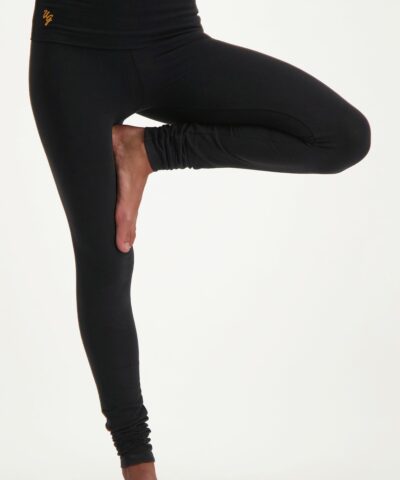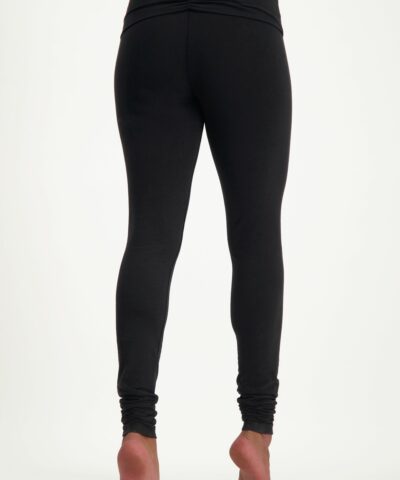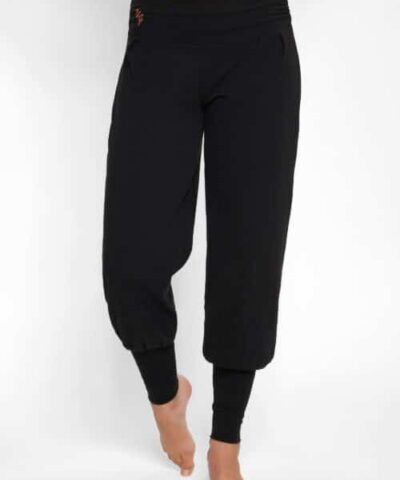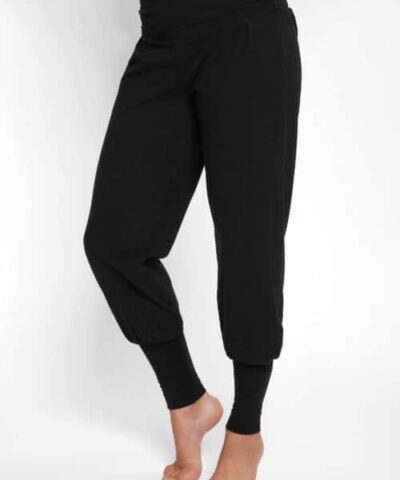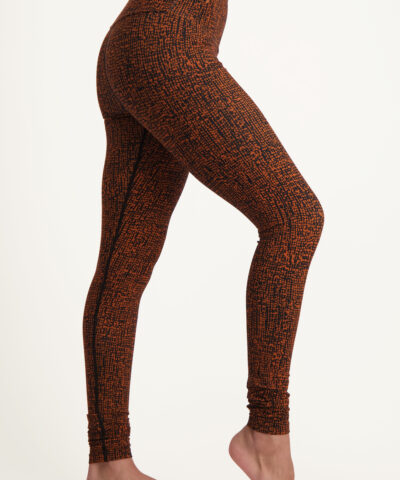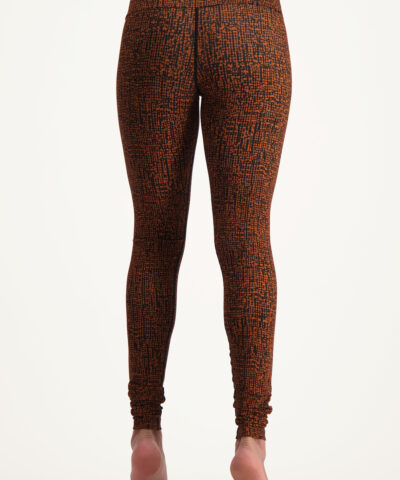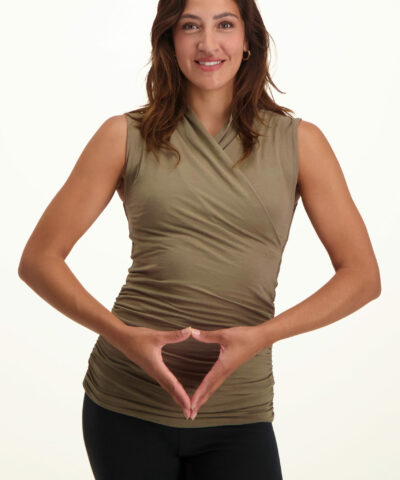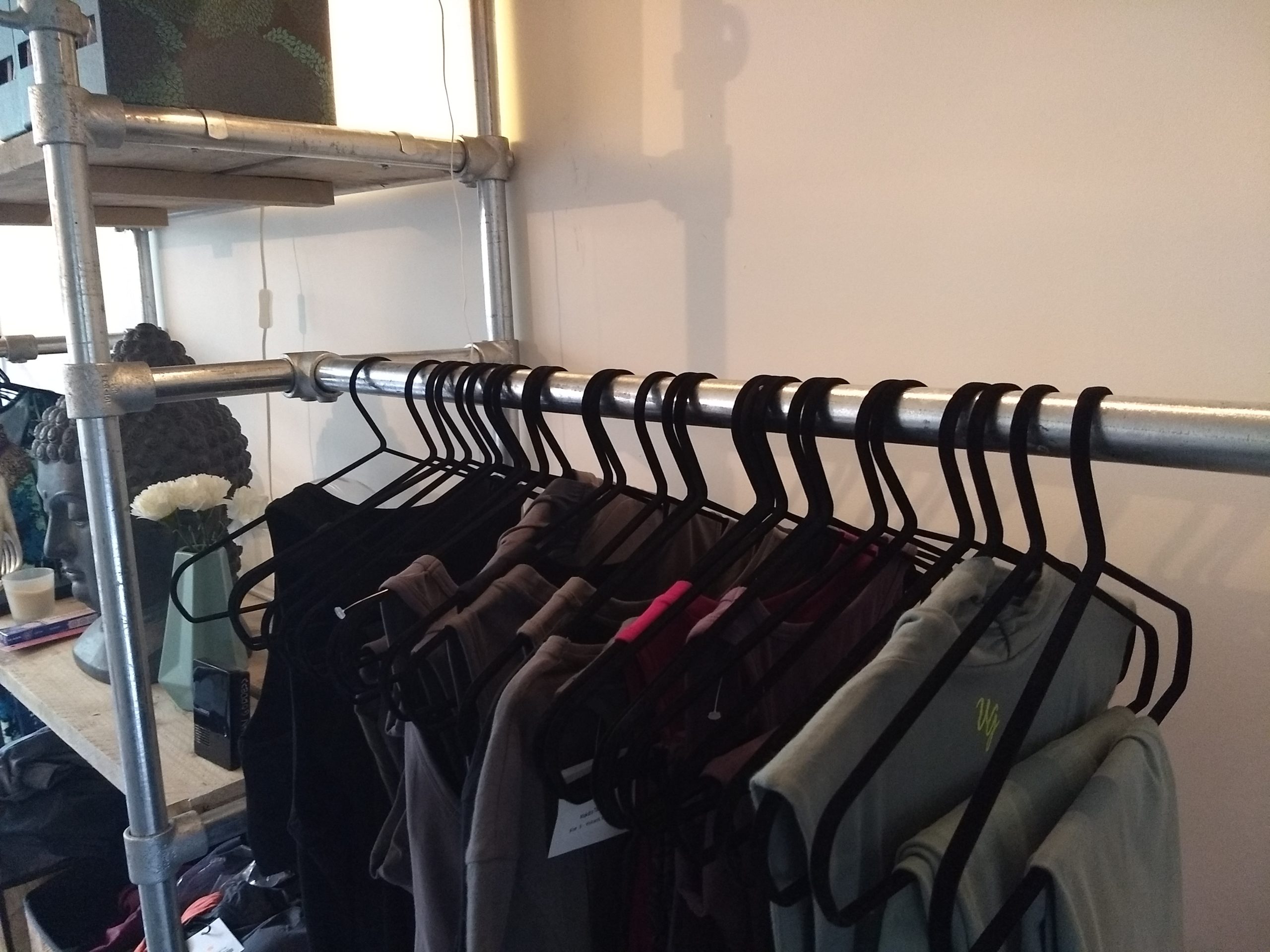Sustainable Fashion
More and more shops start selling organic clothing and accessories. Organic cotton, bamboo, hemp, recycled material and many other forms of organic material. Being sustainable, fair and eco-friendly is at the heart of our business. This means that we deeply care about that our clothes are made with the highest organic standards. And that the people involved in the production process are being treated fair and have good working conditions. But also, that we care about what happens after our customers have bought their Urban Goddess yoga wear. That is why we partnered with the Salvation Army to fulfil our idea of having a cradle-to-cradle business. However, being green is not always easy. That is why we have some really cool tips for you to make your life greener in an easy and fun way.
Why do we care?
Making non-organic products takes a lot of chemicals being released into the product and into the environment. This is bad for us, and bad for the planet. Often times, these chemicals are dumped into the environment, and people, animals and the earth suffer and pay with their health. Then there are the horror stories that occasionally come up in the news on dangerous sweatshops in third world countries, workers that are forced to work under terrible working conditions and child labour.
Recently it was even reported that workers were leaving SOS-notes in the clothing that they were making. These notes were cries of help of workers that are grossly underpaid. In the Netherlands and most Western-European countries, we have rules and laws that make sure we have good working conditions and fair pay. Many other people around the world are not so lucky. In some countries in Asia, South America and Africa for example, many companies abuse the lack of legislation and implementation of legislation to make more money.
At Urban Goddess we work always very closely with our factories. We visit the factories regularly and we work with GOTS (Global Organic Textile Standard) certified companies only, which ensures many important issues on fair pay, good treatment of workers as well as production to the highest organic standards, which include waste control and energy management.
Impact on the environment.
The fashion industry has a big impact on the environment. About 70% of our textile waste ends up in the household trash and is burned in an incinerator. What a waste! Often the clothing is still great to wear, or it can be recycled/reused. The burning of textile causes high C02-emissions. The Salvation Army claims that by collecting second-hand clothing and recycling they save up to 80 kilotons of CO2-emissions. If you want to learn more about the impact of the fashion industry on the environment, go and watch the documentary The True Cost, which is available on Netflix or on the True Cost website.
What can you do to relieve the burden on the environment?
No-one can live fully green at the moment. There are not always green and sustainable options available. Besides, organic and sustainable products are slightly more expensive than items that are not. Sometimes it not about what you buy, but about what you don’t buy.
Every small decision to be green adds up, to create real impact. And this is what you can do:
1. Shop Mindfully
Next time when you see an awesome piece in the shop window and you want to rush in and just get it, stop and think for a moment: Do I really need it? How often am I really going to wear it? Buying new clothing only when you really need it, is already being very green. Making conscious decisions about what you need, also helps you avoid those impulse buys that end up never to be worn again, like the estimated 30% that we never wear.
2. Clean up your Closet
When is the last time you cleaned out your closet? How many items do you have that you don’t wear? Clean out your closet once every 6 months and throw everything you haven’t worn in more than a year into two piles: still wearable and worn. Instead of throwing away your old clothing, let a friend go through it and see if she finds anything she likes. Or donate it to your local recycle shop or a charity such as the Salvation Army, who will recycle or ReShare it for you.
3. Upcycle your Clothing
You can also make really cool new items from old clothing. Do you have a hole in the leg of your jeans? Cut most of the legs off and make shorts out of them. Tired of that old t-shirt? Turn it into a tank top or a skirt. Search YouTube under Upcycle Clothing or DIY clothing to find tons of videos on how you can make your old clothing into something new. Like this one from Beauty Lab: https://www.youtube.com/watch?v=BxXejGtKe5k. Do you have Urban Goddess yoga leggings that you don’t wear anymore and you want to upcycle them? See here how you can upcycle them in a fun way: https://www.youtube.com/watch?v=6vN_ZQn4DXo of https://www.youtube.com/watch?v=b5Y6sN95ZCQ.
4. Certifications, Material and Quality Marks
You know that if you buy a shirt that costs 5 euros, it is probably not being made in a sustainable way and the chances of it being made by children or underpaid workers are high. Buying clothes from more expensive brands doesn’t guarantee better working conditions for their workers or even better-quality clothing, but the risk is lower.
Besides looking at the price, look for certifications, material and quality marks. Material such as organic cotton, bamboo, hemp and linen are more sustainable and these fabrics last longer. Certifications and quality marks such as Global Organic Textile Standard (GOTS), Ecolabel, Fairtrade, SA8000 etc. guarantees that the brand is eco-friendly, fair and sustainable.
5. Slow Fashion
Keeping up with the latest fashion is not very sustainable. This is how Fast Fashion was born. Producing clothing often and of lesser quality. Clothing has become a disposable product over the years. Instead of going along with the latest fashion, choose clothing that fits you, that is comfortable and that lasts longer. Choose Slow Fashion instead. Go for (classical) pieces that are easy to mix and match and stay beautiful for a couple of years.
6. Green Fashion Shops
Shop at stores that sell fair, sustainable products. This doesn’t even have to be more expensive than non-sustainable clothing. When not very long ago eco shops might have been more the exception than the rule, now you can find them on your high streets and online. But not only are there more and more green fashion stores but also are the brands and selections got a lot more stylish, funky and with that also a lot more popular.
With these small changes in your shopping behaviour, you can already attribute to a better environment and in the long term, it will save you a lot of money too. Do you have your own tips for sustainable shopping? We’d love to hear from you! #greenfashion
Namaste,
Daphne
Tekst: Daphne van den IJssel

